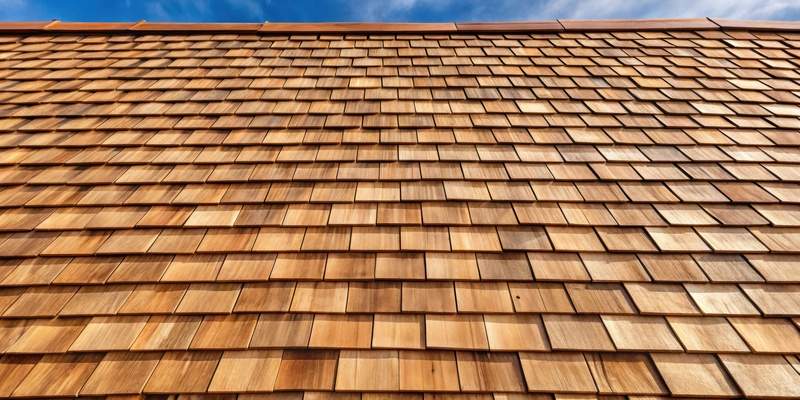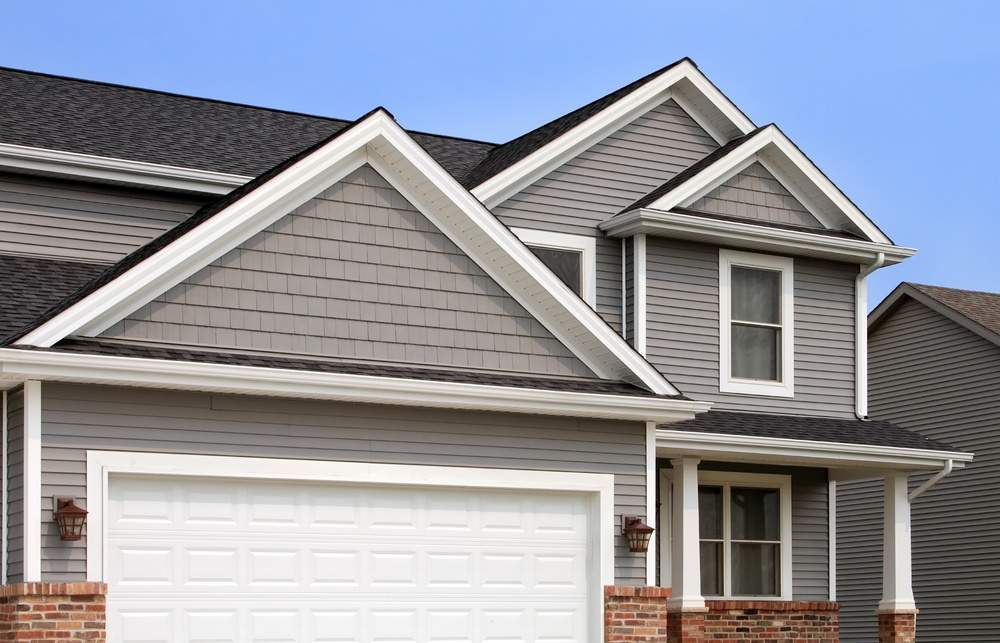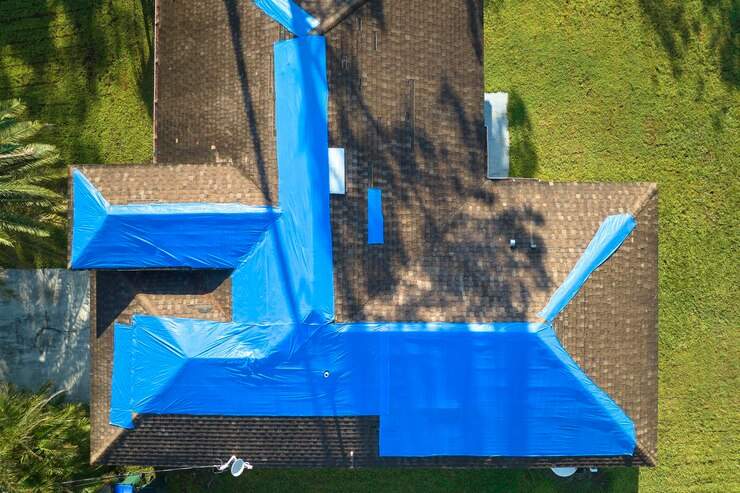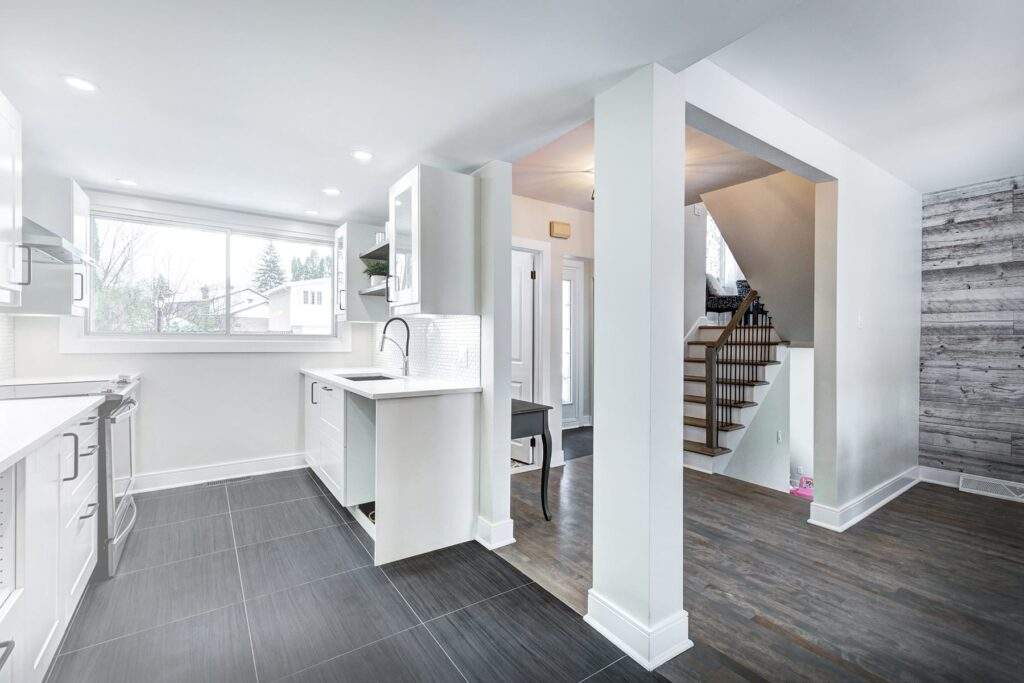Wondering how long your roof will hold up? It depends on a few key factors, like the type of material, how it was installed, and the weather it faces. Most roofs can last anywhere from 15 to 50 years, but let’s break it down a bit more.
Asphalt shingles are one of the most common choices and typically last about 15-20 years. If you’re looking for something that can go the distance, metal roofs offer lifespans of around 40-70 years. Tile and slate roofs? They often last over 50 years with proper care.
But it’s not just about the materials. Factors like extreme heat, heavy rains, or even how well your roof was put together can make a big difference in how long it lasts. Here’s what you need to know.
Key Takeaways
- The lifespan of your roof depends on factors like material, installation quality, and local weather conditions.
- Asphalt shingles typically last 15-20 years, while metal roofs can last 40-70 years. Tile and slate roofs can last over 50 years with proper care.
- Extreme weather conditions, such as intense heat, cold, or humidity, can shorten your roof’s lifespan. Regular maintenance is key.
- Look out for signs of damage like missing shingles, water stains, or sagging areas. Regular inspections can help catch problems early.
- Proper roof installation is crucial. Even the best materials won’t perform well if not installed correctly.
- Roofing warranties vary. Make sure you understand what’s covered to avoid surprises later.
- Investing in quality roofing materials can reduce long-term costs and boost your home’s value and curb appeal.
- Regular maintenance tasks like cleaning gutters and trimming branches can help extend your roof’s life.
Understanding Roofing Materials
Each roofing material has its own strengths and lifespan. Here’s a quick look at what you can expect:
| Material | Description | Lifespan |
| Asphalt Shingle Roofs | One of the most common and affordable roofing materials. Easy to install and repair. | 15-20 years |
| Metal Roofs | Highly durable and resistant to extreme weather. Offers a modern aesthetic and longevity. | 40-70 years |
| Clay Tiles | Extremely durable and can withstand harsh weather. Ideal for Mediterranean or Spanish-style homes. | 50-100 years |
| Slate Roofs | Known for its exceptional longevity and classic appearance. Great for historic or luxury homes. | 75-200 years |
| Wood Roofs | Offers a natural look and is environmentally friendly. Requires proper care for longevity. | 25-30 years |
What Environmental Conditions Affect Your Roof’s Lifespan?
The local climate plays a huge role in how long your roof will last. From scorching summers to heavy snowfall, different weather patterns can take a toll on your roof over time.
- Hot Climates: In areas with extreme heat, materials like asphalt shingles can become brittle and crack over time. UV radiation can also degrade roofing materials more quickly.
- Cold Climates: Freeze-thaw cycles in colder regions can cause roofing materials to expand and contract, leading to cracks and leaks. Snow and ice can also put additional weight on your roof, potentially causing structural issues.
- Humid Climates: High humidity can lead to the growth of mold, algae, and moss, which can damage your roof over time. Regular cleaning and the use of algae-resistant shingles can help mitigate these issues.
- Storm-Prone Areas: Hail, high winds, and heavy rain can cause significant damage to your roof. Homes in these areas may require more frequent inspections and repairs to maintain roof integrity.
Knowing how different climates can impact roofing materials is helpful for homeowners. It allows you to take steps to protect your roof and minimize any weather-related damage, which can help your roof last longer.
Is It Time for a Roof Check?
Keeping an eye on your roof can help you catch problems before they get out of hand. Here’s what to look for:
| Inspection Task | What to Look For | Importance |
| Loose or Missing Shingles | Cracked, curled, or missing shingles, granule loss | Prevents water penetration and roof degradation |
| Leaks or Water Damage | Water stains on ceilings, moisture or mold in attic | Early detection prevents structural damage |
| Structural Integrity | Sagging roof areas, damaged roof supports or rafters | Identifies potential collapses or structural issues |
| Gutter Condition | Debris buildup, clogged downspouts, proper water flow | Ensures proper drainage and avoids water backup |
| Flashing Around Roof Openings | Rust, cracks, looseness, improper seals around chimneys, vents, skylights | Prevents water from entering through weak points |
| Mold, Algae, or Rot | Dark stains, growths on shingles, especially in areas with moisture buildup | Keeps roof materials in good condition |
| Roof Valleys | Debris buildup, damaged or misaligned shingles in roof valleys | Valleys are prone to leaks due to water flow |
| Post-Severe Weather Check | Hail dents, wind damage, cracks or wear after heavy rain or storms | Prevents small damages from worsening |
Tips for a Long-Lasting Roof
A little maintenance goes a long way in keeping your roof in good shape. Here’s how to extend its life:
- Get Annual Inspections: Have a pro check for loose shingles, leaks, or structural issues once a year.
- Clean Your Gutters: Clogged gutters can lead to water damage and rot, so keep them clear. You can also consider adding gutter guards to reduce the frequency of cleaning.
- Trim Overhanging Branches: Falling branches can damage your roof, and leaves can trap moisture.
Installation Matters, Too
Even the best materials won’t hold up if the roof isn’t installed right. Poor installation can lead to leaks, sagging, and premature wear. So, always hire a reputable roofing company to make sure your roof is built to last.
Warranties and What to Expect
Roofing warranties can be confusing, but it’s important to know what’s covered. Most warranties protect against defects in materials, but they may not cover issues caused by poor installation or lack of maintenance. Always read the fine print so there are no surprises later.
Ready to Invest in a New Roof?
Investing in a new roof is a big decision, but it’s one that can pay off in the long run. Quality materials might cost more upfront, but they can save you money down the road with fewer repairs and replacements. Plus, the right roof can boost your home’s value and curb appeal.
Need help with roof replacement? Contact Allstar at 763-373-1066. Our team is ready to find you a replacement solution that works for you and your budget. Get a free quote online and see how we can help protect your home!



